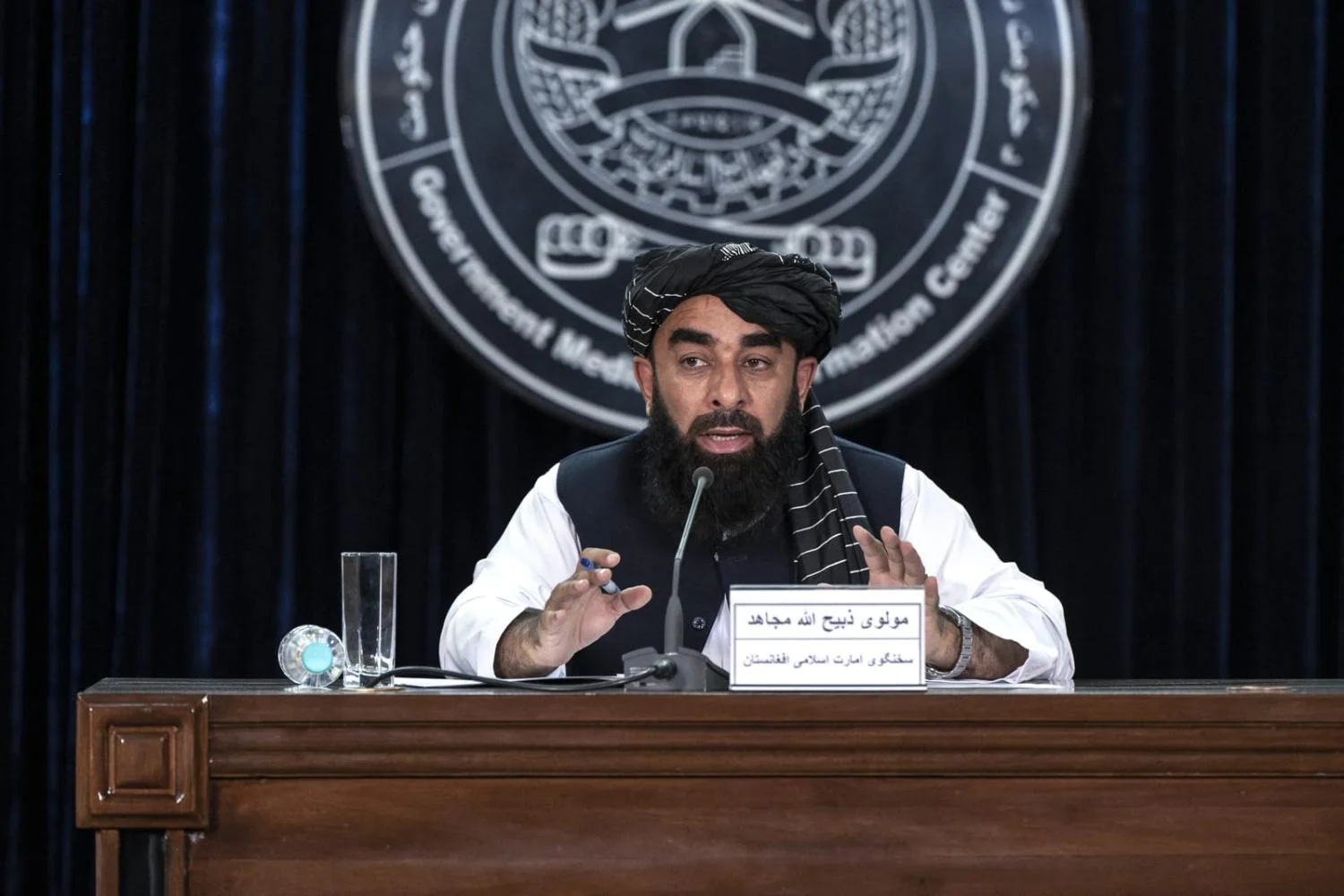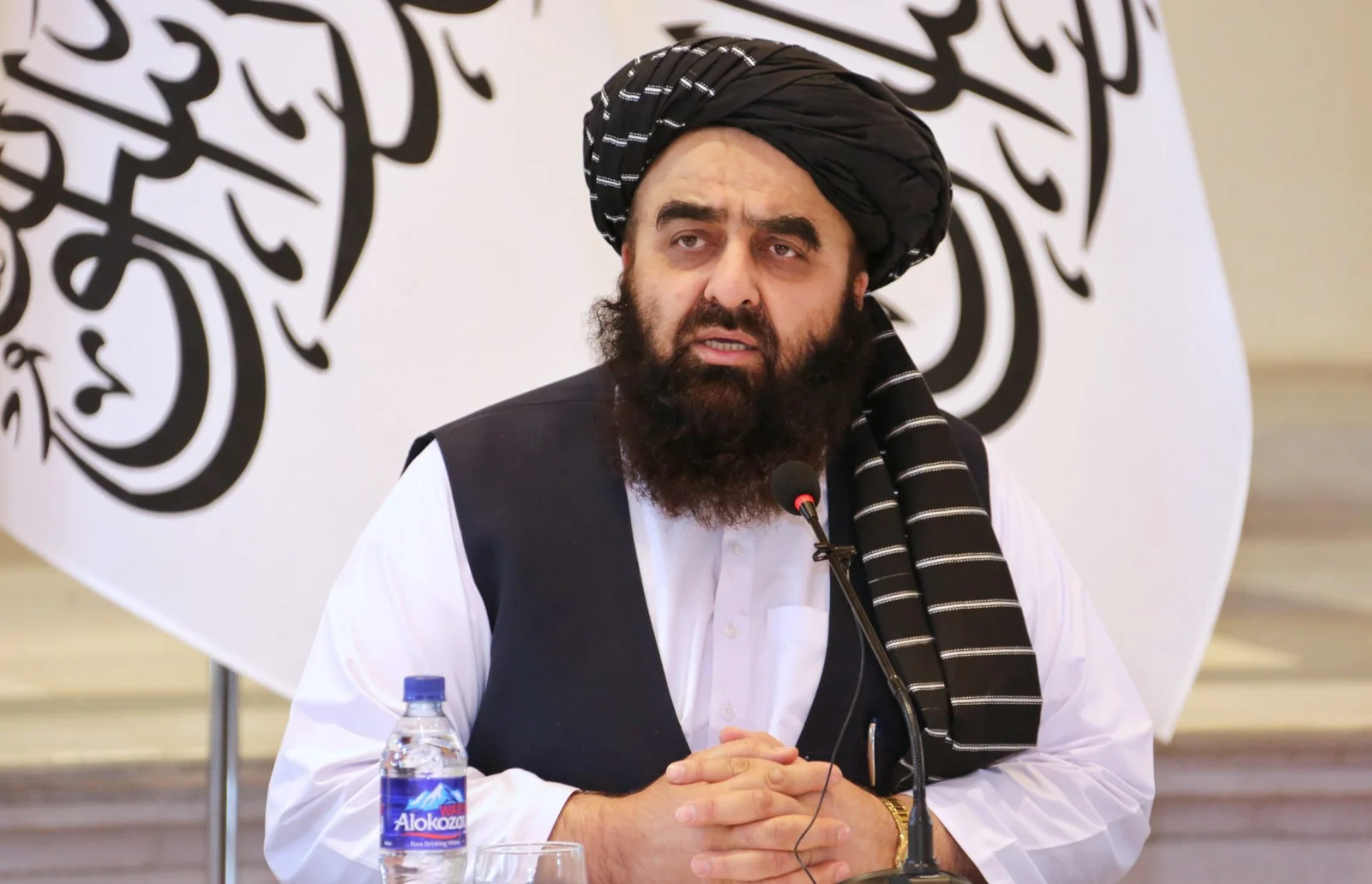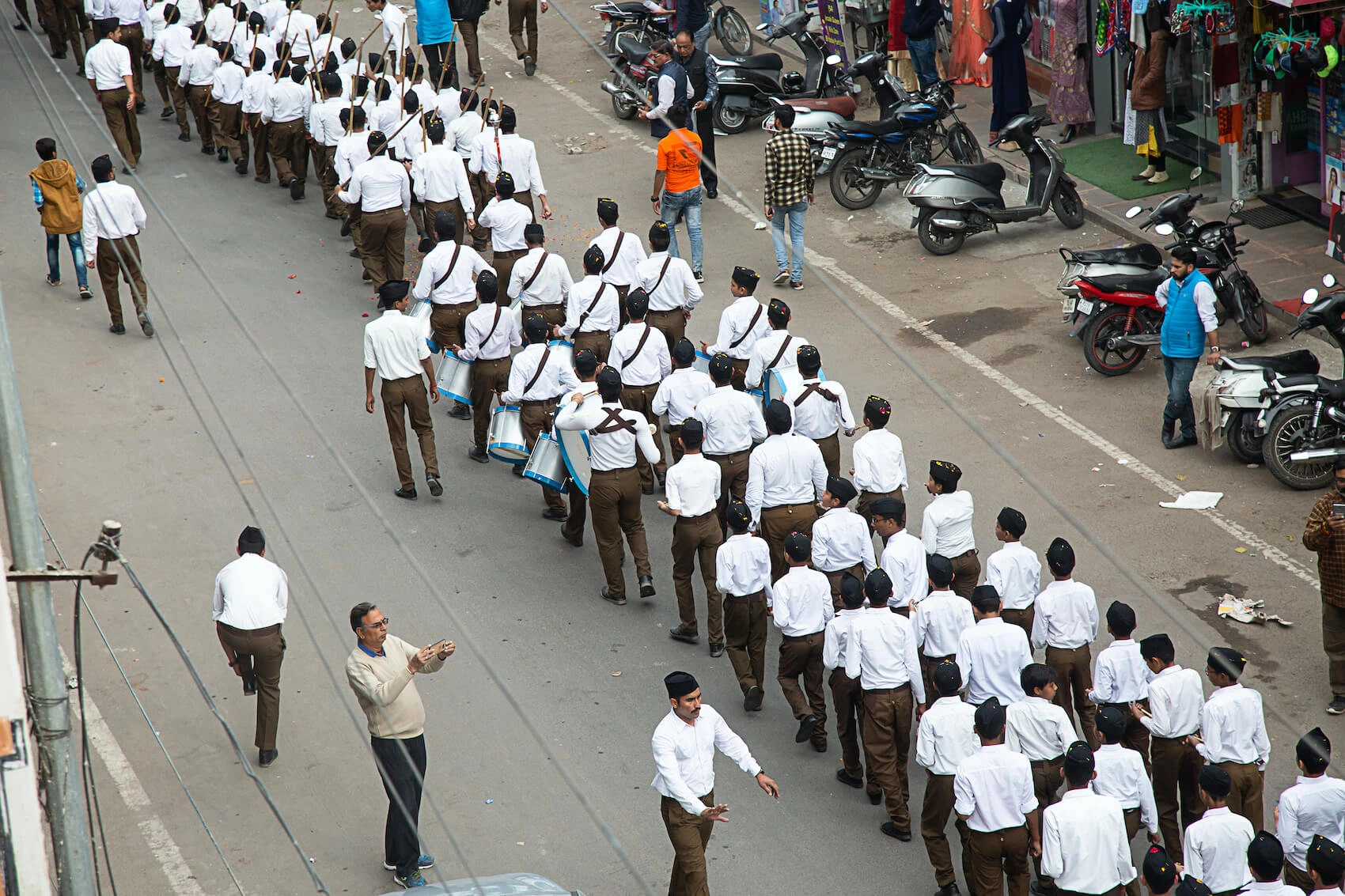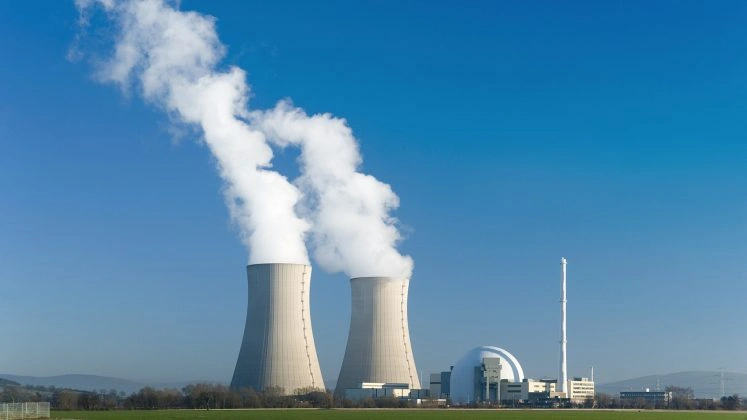Currently, the COVID-19 crisis is the worst health emergency the world is witnessing. The
worst toll it has taken is on the economy. The US Governments’s economic response has been
unprecedented as it announced a $10 trillion relief package and so have other countries. The
stimulus package has taken different forms: guarantees, loans, value transfers to companies,
deferrals, and equity investments. The stimulus actions taken by countries show a significant
variation in the size of the response. Monetary-policy measures were the first-line response as
liquidity injections were made. Turning to household measures, the immediate relief was for the
most vulnerable, especially in countries without automatic stabilizers already in place. Some
countries enacted broader income-distribution programs, primarily to support workers in the
informal sector and the self-employed. Some governments had taken steps aimed at longer-term
resilience for individuals, such as jobs redeployment and reskilling. SME sector was helped
through debt restructuring.
The three factors that seem to have shaped how economies responded to Covid-19 crises are:
1) Degree of outbreak and intensity of lockdown
2) Preexisting social- and business-support measures already in place
3) Structure of the economy.
The combination of those three factors gives rise to three response archetypes: coordinated-,
liberal-, and emerging-market economies. The archetypes provide guidance on the constraints
and policy options available. Countries with coordinated-market economies have leveraged
strong balance sheets and existing measures to respond rapidly and at scale to protect businesses
and jobs, but they must shift to longer-term measures and beware of future stagnation.
Often, such countries already have initiatives in place to assist vulnerable households. Their
responses are swift, large, and aimed at shoring up business through loan guarantees, equity
injections. The countries will still need to ensure that companies are encouraged to invest in
strategic priorities I.e. R&D, energy efficiency, reskilling, etc. to maintain competitiveness and
“future proof” their economies. Countries with liberal-market economies face greater short-term
risks but have greater flexibility for long-term dynamism. Their economies skew more heavily
toward big corporations.






